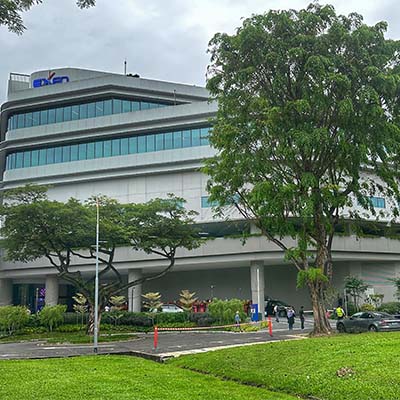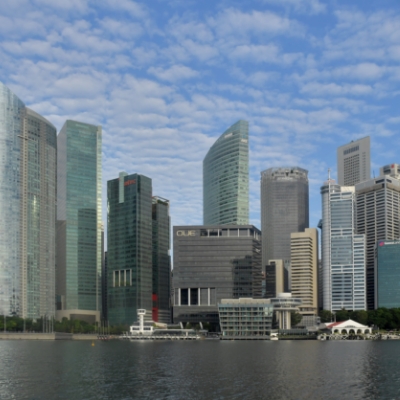The year is 2050. Asia – which now runs on mainly renewable energy sources, captures carbon emissions, and continues to price and tax companies that emit greenhouse gases – has successfully transitioned to net zero.
Singapore has played a strong role in supporting and partnering Asia through its decarbonisation journey.
The jury is still out on whether this scenario could become reality. But it is a goal that Singapore continues to pursue.
Two years ago, Singapore launched its Green Plan 2030 to demonstrate its commitment to sustainable development. Last year, we committed to achieving net zero emissions by 2050.
Since then, we have made some headway, from introducing incentives to encourage businesses to be more energy-efficient to diversifying our sources of clean energy through electricity imports. Our long-term goal is to import four gigawatts of low-carbon electricity by 2035, which will make up 30 per cent of Singapore’s electricity supply by then.
But there is much more to be done. For example, we are working to develop enabling technologies, such as in carbon capture, and exploring regional partnerships to build a hydrogen supply chain in Asia, to scale our deployment of clean technologies to get us to net zero.
At the same time, as Southeast Asia’s governments and corporates embrace sustainable economic growth, there will be significant economic opportunities in green growth areas. The 2022 Green Economy report by Bain states that the Southeast Asian region presents an annual green economic opportunity of up to US$1 trillion by 2030, across manufacturing and services in areas like agrifood, electric mobility, solar and nature-based solutions.
Taking stock
In 2019, Singapore became the first Southeast Asian country to announce a carbon tax. We engaged businesses early and launched a transition framework to support companies to reduce their own emissions and navigate these changes.
The government made clear that the carbon tax was not a means of deriving additional revenue in this decade but to support decarbonisation efforts and cushion the impact on businesses and households. The tax covers 80 per cent of Singapore’s emissions and sends a clear price signal to induce greater decarbonisation.







